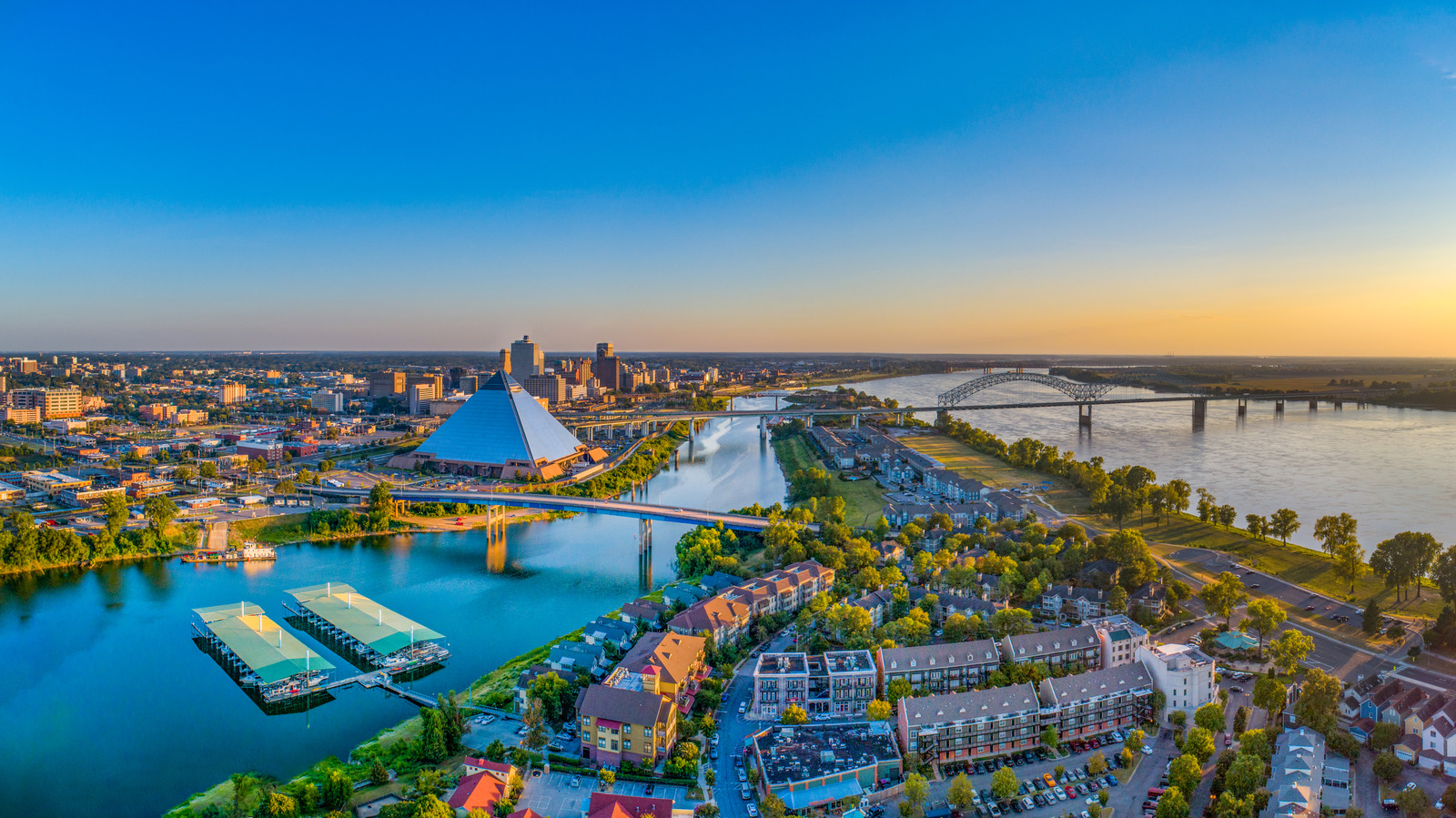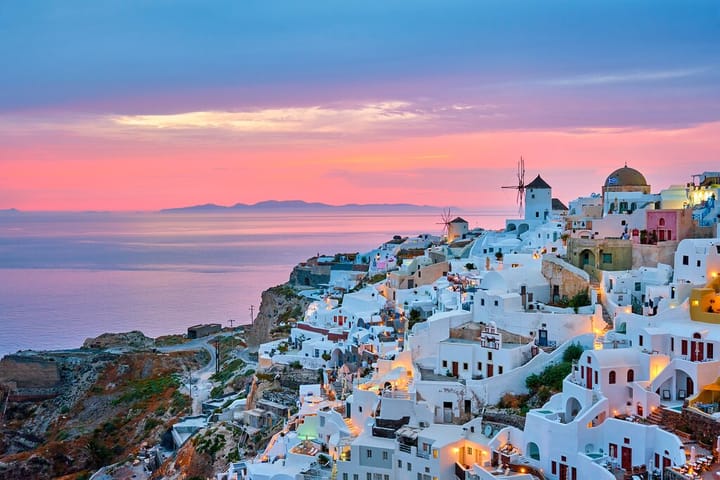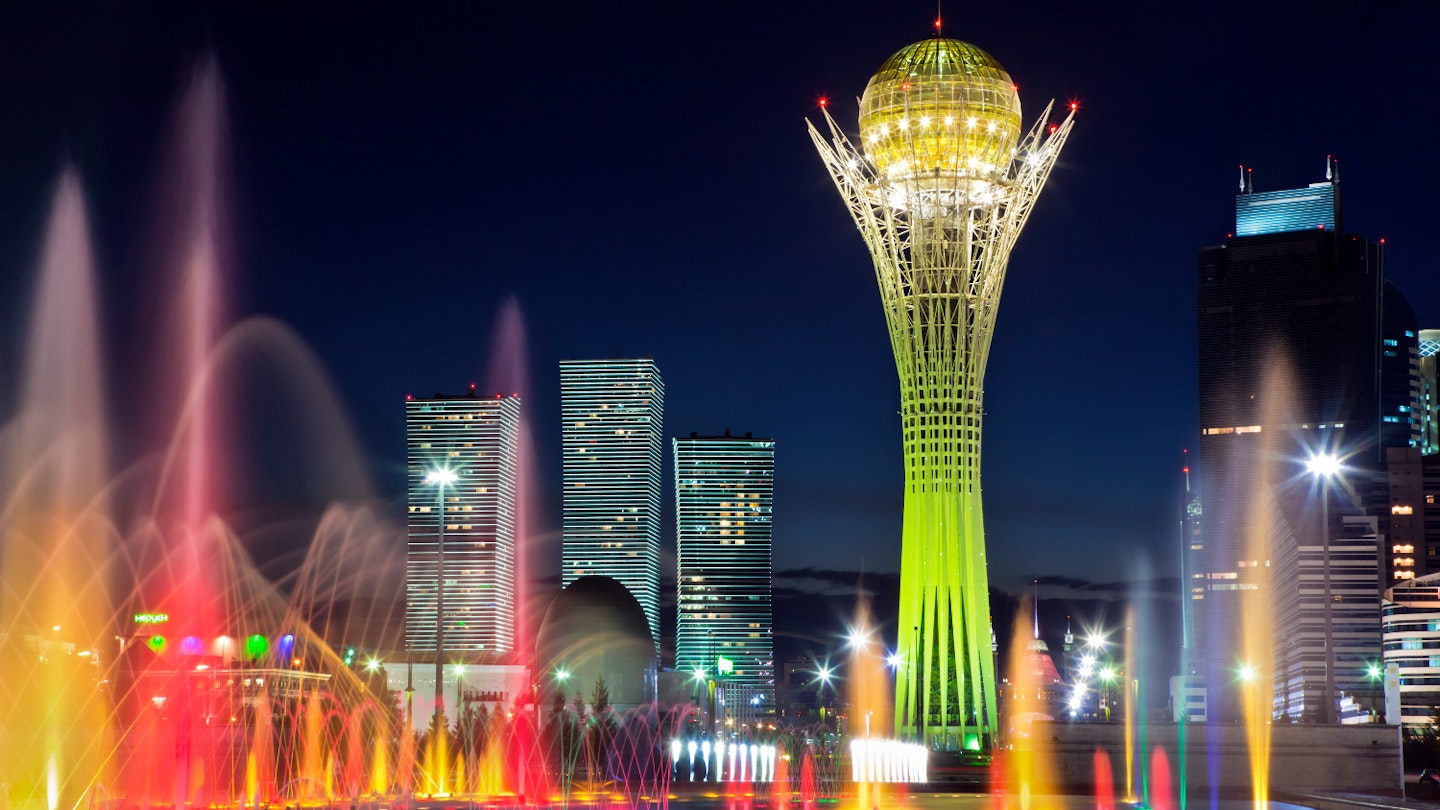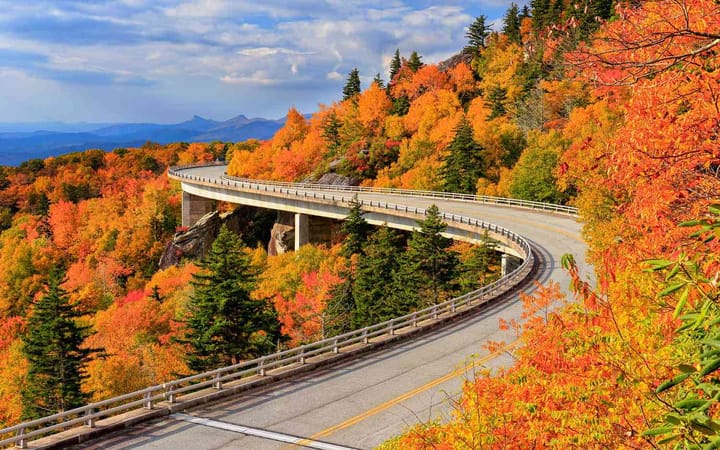The Alarming Retreat of Alaska's Glaciers - Unraveling the Consequences

Alaska's glaciers, colossal icy giants that carve the land and shape the landscape, are undergoing an alarming transformation. Over the past few decades, a relentless retreat has been observed, raising concerns about the long-term ecological and economic implications for both Alaska and the planet as a whole.
Causes of Glacial Retreat
- Climate Change: Rising global temperatures, largely attributed to human activities, are causing glaciers to lose mass at an accelerated pace. As the Earth's atmosphere warms, it can hold more water vapor, leading to increased precipitation. In coastal Alaska, this precipitation falls as rain, rather than snow, which accumulates on glaciers and contributes to their growth.
- Ocean Warming: The warming of ocean currents near the coast of Alaska is causing glaciers to melt from below. As warm water circulates around the base of glaciers, it undermines their stability, leading to calving events and the formation of icebergs.
- Wind Patterns: Changes in wind patterns have exposed glaciers to warmer air, further accelerating their retreat. Strong winds can remove snow from glacier surfaces, exposing them to direct sunlight and increasing the rate of melt.
Consequences of Glacial Retreat
- Loss of Biodiversity: Glaciers support unique ecosystems that are home to a variety of plants and animals. As glaciers retreat, these habitats are disrupted, threatening the survival of species that depend on them.
- Coastal Erosion: Glacial retreat can destabilize coastal areas, leading to increased erosion. As glaciers lose mass, the weight that they exert on the underlying rock decreases, causing the land to rise. This process, known as isostatic rebound, can result in the loss of coastal land and infrastructure.
- Sea Level Rise: As glaciers melt, they release vast amounts of water into the ocean, contributing to global sea level rise. This process has far-reaching implications for coastal communities worldwide, increasing the risk of flooding and other hazards.
- Tourism Impacts: Glaciers are a major tourist attraction in Alaska, accounting for a significant portion of the state's economy. As glaciers retreat, the accessibility and beauty of these natural wonders will diminish, potentially affecting the tourism industry.
- Economic Disruptions: Glacial retreat can disrupt economic activities that rely on resources derived from glaciers, such as hydroelectric power generation and fishing.
Mitigation and Adaptation Strategies
Mitigating the effects of glacial retreat and adapting to its consequences require a multi-pronged approach:
- Climate Change Mitigation: Reducing greenhouse gas emissions is crucial to slow the pace of global warming and its impact on glaciers.
- Glacier Monitoring and Research: Detailed monitoring and scientific research are essential to understand the complex processes driving glacial retreat and develop effective adaptation strategies.
- Coastal Management: Implementing measures to mitigate coastal erosion, such as building seawalls and restoring wetlands, can help protect coastal communities from the impacts of glacial retreat and sea level rise.
- Economic Diversification: Reducing the reliance on economic activities that are directly affected by glacial retreat can help communities adapt to the changing conditions.
- Tourism Adaptation: Focusing on sustainable tourism practices and developing alternative attractions can help the tourism industry adapt to the changing landscape.
The ongoing retreat of Alaska's glaciers is a stark reminder of the consequences of climate change and its far-reaching impacts on the environment, economy, and society. Understanding the causes and consequences of glacial retreat is crucial for implementing effective mitigation and adaptation strategies to address this pressing challenge. By working together, scientists, policymakers, and local communities can protect the beauty and value of these iconic landscapes while safeguarding the well-being of future generations.


.jpg)













Comments ()